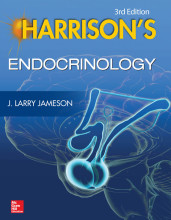Artikel Change in contractile properties and fatigue
11 important questions on Artikel Change in contractile properties and fatigue
Name a characteristic of a fatigued muscle:
- Delayed/Slowed Relaxation
- Decrease in Vmax unloaded
- Lower Peak Force
What may cause the slower relaxation of a muscle during fatigue?
Name two hypotheses concerning the slow relaxation from isometric contractions of a fatigued muscle.
- Ca2+ removal rate is decreased
- cross-bridge detachment rate is decreased
- Higher grades + faster learning
- Never study anything twice
- 100% sure, 100% understanding
What hypothesis do Jones et al. (2006) concerning the mechanism behind slow relaxation of a fatigued muscle favor?
How is a decreased cross-bridge detachment rate reflected in the Force-Velocity relationship?
- Vmax will be lower and therefore the endpoint will shift to the left
How did the authors (Jones, 2006) define 'relaxation rate'?
Oftewel afgeleide
Why did the authors of the Jones article (2006) have to redo their hypothesis?
How do the authors of the Jones article (2006) explain the changes in a/Fo curvature during muscle fatigue?
Explain the cross-bridge mechanics that may underly the changes in a/Fo.
How can the f be dropped in fatigued muscles?
- accumulation of Pi that prevents the powerstroke
What is the take home message of the Jones (2006) article?
The question on the page originate from the summary of the following study material:
- A unique study and practice tool
- Never study anything twice again
- Get the grades you hope for
- 100% sure, 100% understanding































